In the shadowy undergrowth of Central Africa’s forests lies one of nature’s most remarkable masters of disguise. The West African Gaboon viper (Bitis gabonica) possesses an extraordinary ability to disappear against forest floors covered in fallen leaves, ash, and charcoal. This cryptic serpent has evolved one of the most effective camouflage patterns in the snake world, allowing it to virtually vanish into its surroundings. Its ability to blend into charcoal and ash demonstrates nature’s incredible adaptive capabilities and offers a fascinating case study in evolutionary camouflage strategies.
The Master of Disguise: Meet the Gaboon Viper

The Gaboon viper stands as one of Africa’s most cryptically colored serpents, with a complex pattern that resembles the dappled forest floor almost perfectly. Growing up to 6 feet long with a massive triangular head and an extraordinarily heavy body, this snake is among the heaviest vipers in the world. Despite its impressive size, the Gaboon viper remains notoriously difficult to spot in its natural habitat, even for experienced herpetologists conducting field research. Its body features an intricate patchwork of browns, tans, pinks, purples, and blacks arranged in geometric patterns that break up its outline and help it disappear into the leaf litter, charcoal remnants from forest fires, and natural ash deposits of the forest floor.
The Science Behind the Perfect Camouflage
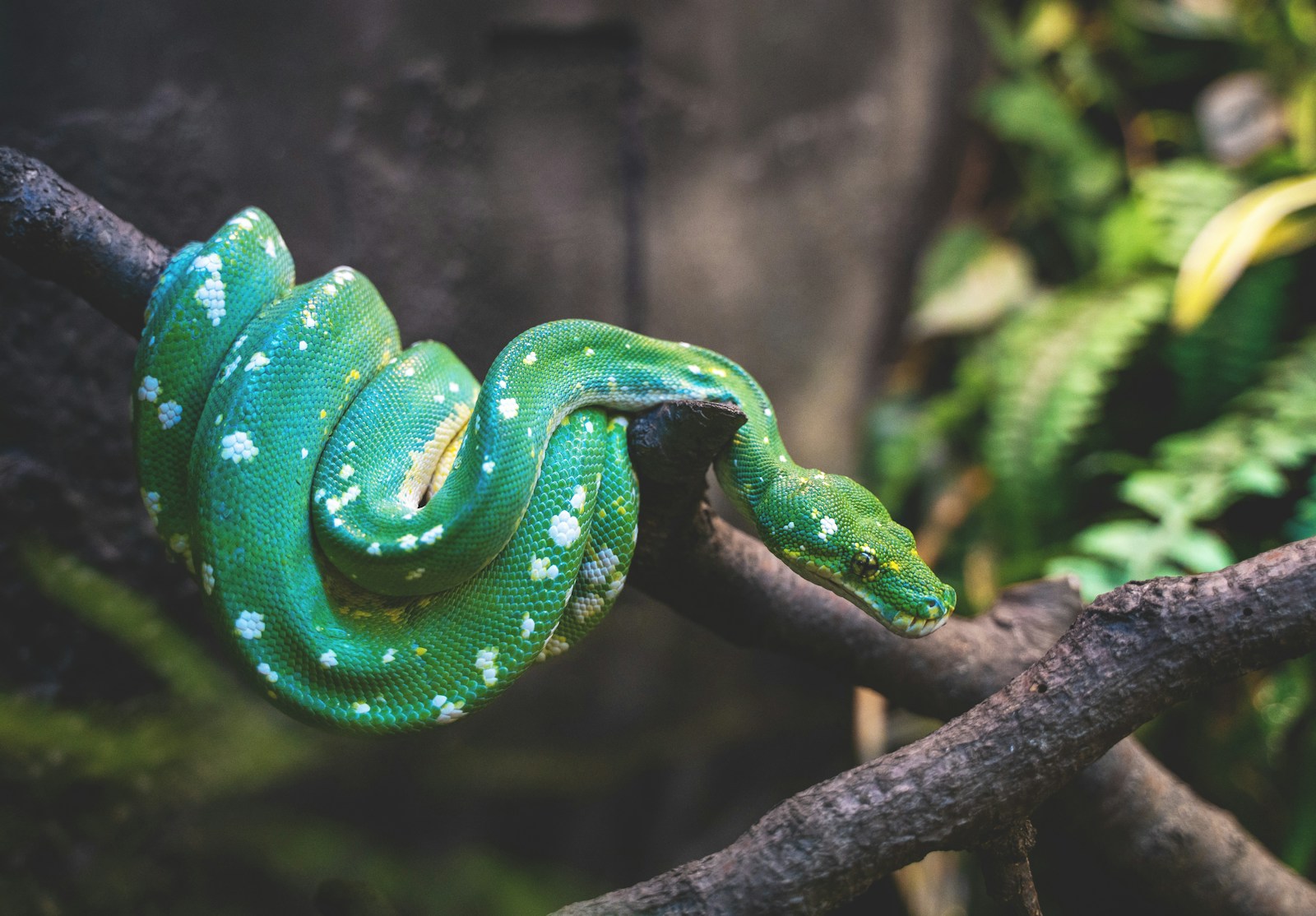
The Gaboon viper’s remarkable camouflage represents a textbook example of disruptive coloration in nature. This type of camouflage works by breaking up the outline of an animal’s body with contrasting patterns and colors, making it difficult for predators or prey to recognize its shape. The viper’s complex pattern includes large chocolate-brown hourglass markings bordered by lighter cream or tan colors, interspersed with smaller geometric shapes. What makes this pattern particularly effective for blending into charcoal and ash is the combination of dark black patches alongside lighter areas, mimicking the varied tones of burned organic material. Scientists have discovered that the specific arrangement of these markings creates what’s called “edge disruption,” effectively erasing the snake’s visible contours when viewed against the forest substrate.
Evolutionary Adaptation to Fire-Prone Environments
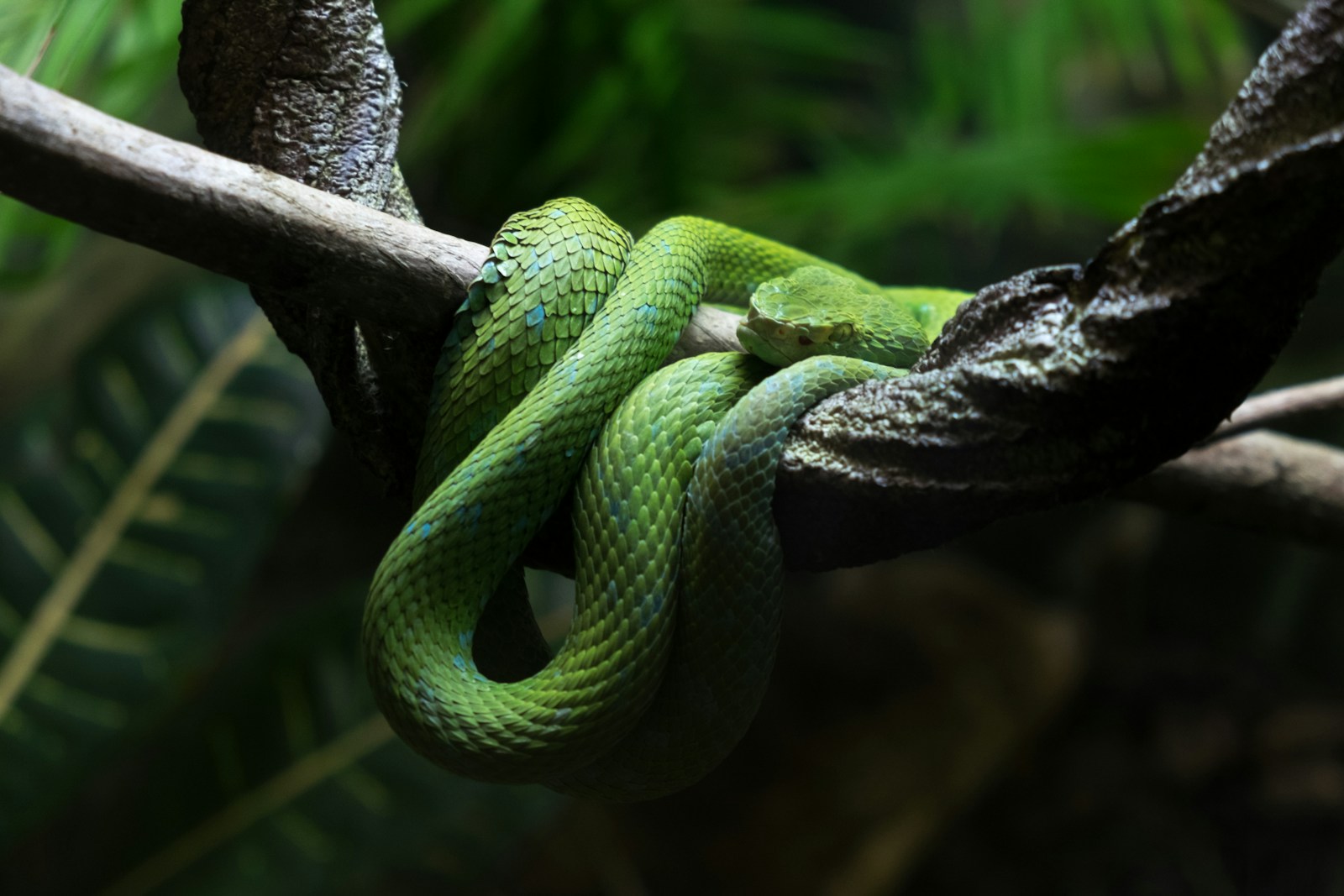
The Gaboon viper’s coloration isn’t merely coincidental but represents a sophisticated evolutionary adaptation to its environment. In parts of Central and West Africa, seasonal forest fires are part of the natural ecological cycle, leaving behind patches of charred vegetation and ash. Over countless generations, natural selection has favored vipers whose coloration best matched these burned environments, as they enjoyed higher hunting success and lower predation rates. The snake’s ability to blend with charcoal and ash provides a significant survival advantage in these periodically fire-affected habitats. Remarkably, genetic studies suggest this specific pattern has been refined over millions of years, with incremental improvements to the camouflage pattern appearing with each generation that survived to reproduce.
Hunting Strategy: The Wait-and-Ambush Predator

The Gaboon viper’s exceptional camouflage directly supports its primary hunting strategy as an ambush predator. Unlike active hunters that chase down prey, this snake relies on patience and perfect concealment, sometimes remaining motionless for weeks in the same position. By blending seamlessly with charcoal, ash, and leaf litter, the viper creates an invisible death trap for unsuspecting rodents, birds, and small mammals that wander too close. The snake’s cryptic coloration allows it to remain undetected until prey comes within striking distance—typically just a few inches from its head. When the moment arrives, the Gaboon viper strikes with lightning speed, delivering one of the fastest strikes in the snake kingdom and injecting massive amounts of venom through the longest fangs of any snake species—often measuring up to two inches in length.
Visual Perception: How Predators and Prey See the Viper
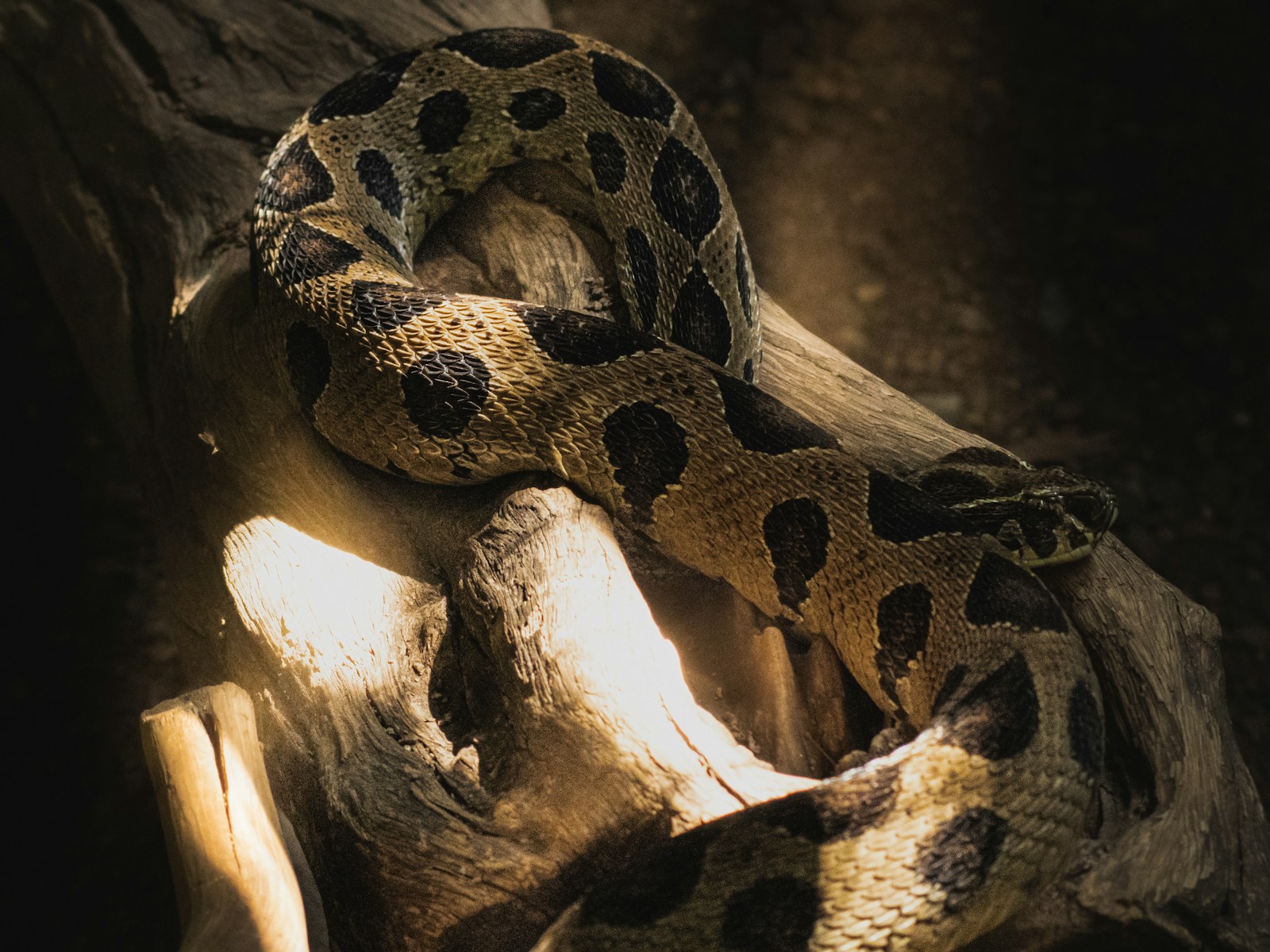
The effectiveness of the Gaboon viper’s camouflage varies depending on who’s doing the looking. Research into visual ecology has revealed that the snake’s coloration is particularly effective against the visual systems of birds and mammals, which represent both its potential predators and its prey. Many forest mammals lack sophisticated color vision, making the viper’s pattern even more difficult to discern against the forest floor. Birds, despite having excellent color vision, struggle to detect the snake due to its disruptive pattern that breaks up the recognizable snake silhouette. Interestingly, infrared-sensing predators like some species of eagles and owls have a slightly better chance of detecting the hidden viper, as its body temperature creates a heat signature distinct from the cooler forest floor—though the snake’s habit of remaining motionless helps minimize even this detection risk.
Geographic Distribution and Habitat Preferences

The Gaboon viper’s range extends across Central and Western Africa, primarily inhabiting forests, woodlands, and occasionally grasslands adjacent to wooded areas. These snakes show a marked preference for environments with substantial leaf litter, fallen logs, and areas that experience periodic burning—precisely the kinds of backgrounds that maximize the effectiveness of their camouflage. Researchers have noted higher population densities in regions with seasonal dry periods where natural fires are more common, creating the charred landscapes that the snake’s pattern mimics so effectively. Their distribution closely follows the tropical rainforest belt from Guinea and Sierra Leone eastward through the Congo Basin, with populations also present in parts of East Africa, including western Kenya and Tanzania, where similar habitat conditions exist.
Beyond Camouflage: Other Remarkable Adaptations

While the Gaboon viper’s ability to blend with charcoal and ash stands out, this snake possesses numerous other evolutionary adaptations that make it a perfectly adapted forest predator. Its heat-sensitive pits located between the eyes and nostrils allow it to detect warm-blooded prey even in complete darkness, functioning essentially as natural infrared sensors. The viper’s enormously long fangs—the longest of any snake species—can penetrate thick fur and feathers, delivering venom deep into prey animals. Perhaps most unusually, the Gaboon viper can strike with its mouth closed to nearly 45 degrees, unlike most snakes that must open their mouths before launching forward. This adaptation allows for an even more explosive and unexpected attack, complementing its already formidable camouflage strategy.
The Deadly Venom Cocktail
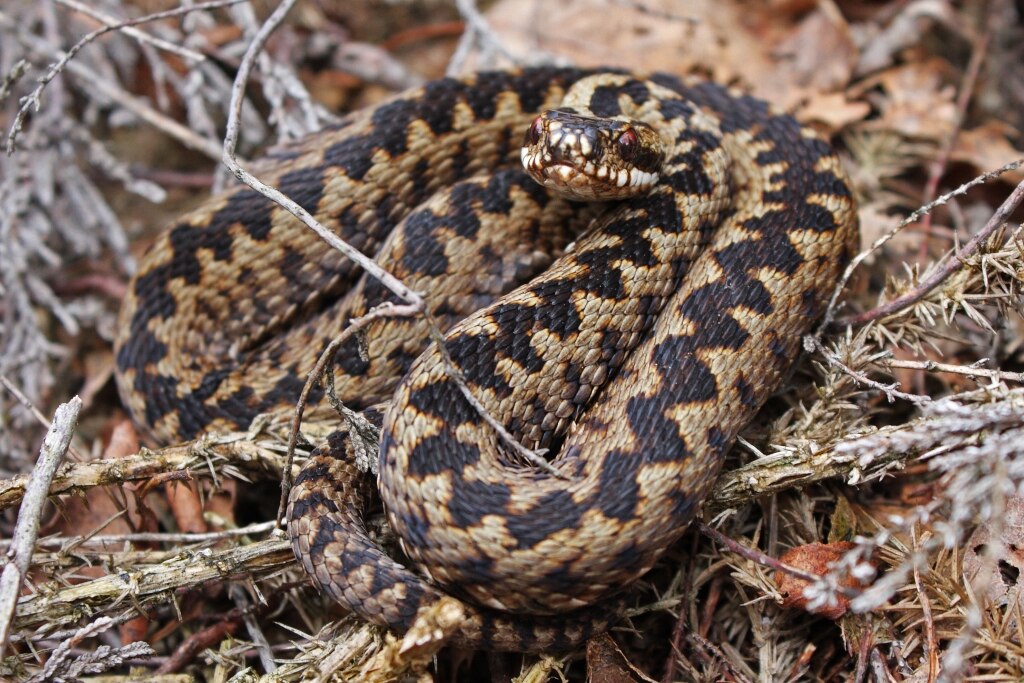
The Gaboon viper’s deadly arsenal extends beyond its physical camouflage to include one of the most potent venom cocktails in the snake kingdom. Its venom contains a complex mixture of cytotoxins that destroy tissue, hemotoxins that disrupt blood clotting, and neurotoxins that attack the nervous system. What makes this venom particularly dangerous is not just its toxicity but the sheer volume delivered—the Gaboon viper can inject up to 600mg of venom in a single bite, far more than needed to kill several adult humans. This massive venom yield represents yet another adaptation related to its hunting strategy; since the snake may only get one opportunity to strike at passing prey, evolutionary pressure has selected for maximum venom delivery to ensure the target doesn’t escape before succumbing to the toxins.
Human Encounters and Cultural Significance
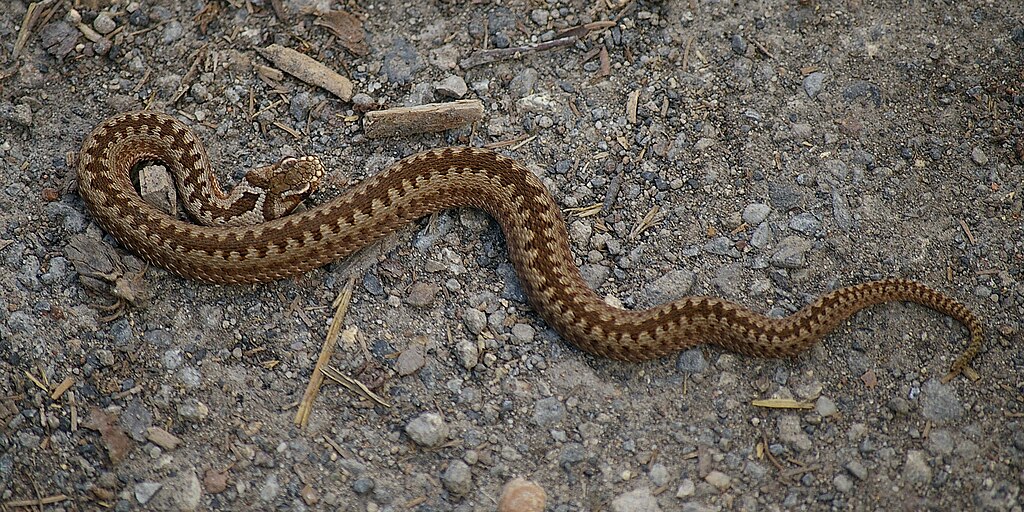
Despite their deadly potential, Gaboon vipers rarely bite humans, primarily due to their extreme camouflage and sedentary nature that helps them avoid detection. When encounters do occur, they typically result from people accidentally stepping on or near these perfectly concealed serpents. In many Central and West African cultures, the Gaboon viper holds significant symbolic and spiritual importance, often representing concealed danger or the power of patience. Some traditional stories portray the snake as an emblem of hidden wisdom, drawing parallels between its ability to blend with ash and the concept of knowledge emerging from the remains of the past. Among certain ethnic groups, the distinctive geometric pattern of the viper’s skin has influenced traditional art forms, appearing in textile designs and ceremonial masks.
Conservation Status and Threats
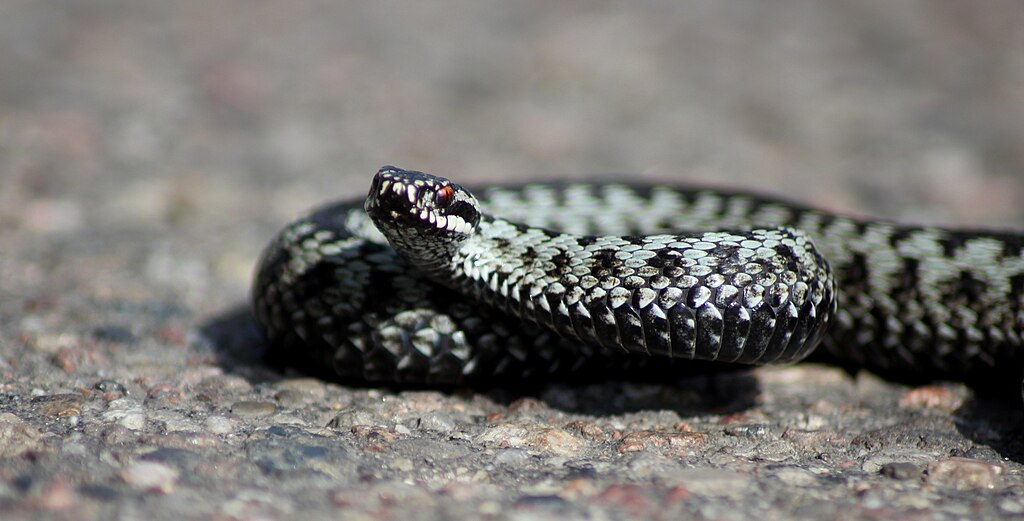
While not currently listed as endangered, Gaboon viper populations face mounting challenges from habitat destruction across their range. Deforestation for agriculture, logging, and urban expansion has fragmented many forest ecosystems where these snakes thrive. The snake’s specialized camouflage, ironically, becomes less effective in disturbed habitats where the natural cycles of forest floor accumulation and occasional burning have been disrupted. Commercial collection for the exotic pet trade represents another threat, as the snake’s impressive size and remarkable pattern make it desirable to collectors despite the dangers associated with keeping venomous reptiles. Climate change poses an additional long-term concern, as alterations in rainfall patterns and fire frequency could potentially affect the snake’s camouflage effectiveness and prey availability.
Research Challenges and Scientific Discoveries
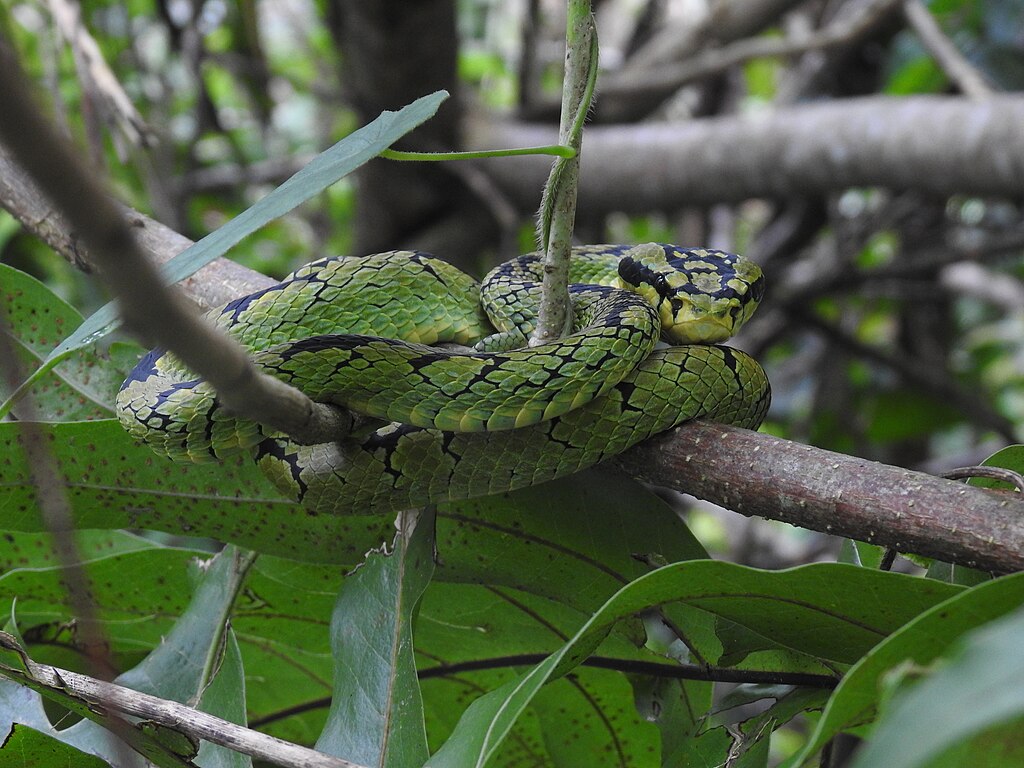
Studying Gaboon vipers presents unique challenges precisely because of their extraordinary camouflage abilities. Field researchers often report spending hours searching suitable habitat only to discover a viper hiding in plain sight just feet away from where they’ve been standing. This cryptic nature has historically limited scientific understanding of many aspects of their behavior and ecology. Recent technological advances in radio telemetry and environmental DNA sampling are helping overcome these obstacles, providing new insights into movement patterns, habitat use, and population densities. Perhaps most fascinating are ongoing studies investigating the genetic basis of the viper’s color pattern, with researchers identifying specific genes responsible for the production and arrangement of pigments that create the charcoal-mimicking effect.
Similar Adaptations in Other Species
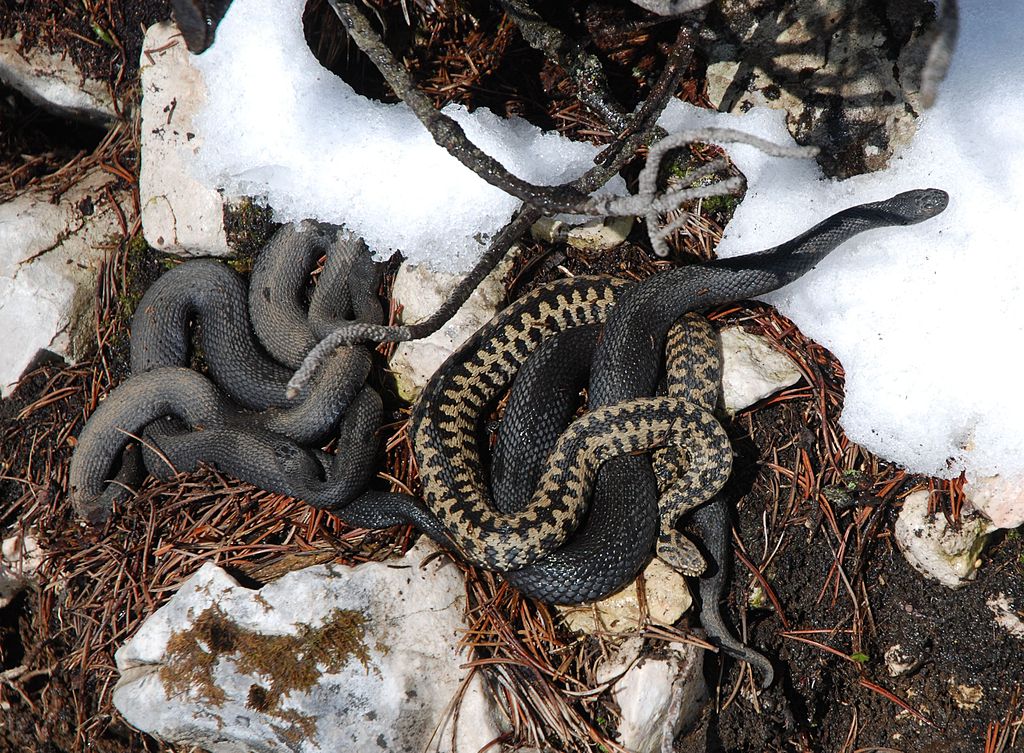
The Gaboon viper’s ability to blend with charcoal and ash represents just one example of the remarkable convergent evolution of camouflage strategies across the animal kingdom. The peppered moth (Biston betularia) famously evolved darker coloration during the Industrial Revolution to match soot-covered trees in polluted areas of England. Several species of nightjars and frogmouths possess plumage that resembles tree bark or dead leaves, allowing them to virtually disappear when perched on appropriate backgrounds. Among reptiles, certain species of death adders in Australia and some leaf-nosed snakes in Asia have evolved similar cryptic coloration suited to their specific environments. What makes the Gaboon viper’s adaptation particularly remarkable is the precision with which it matches several different background elements simultaneously—leaves, soil, ash, and charcoal—creating one of nature’s most effective disappearing acts.
Captive Care and Scientific Research
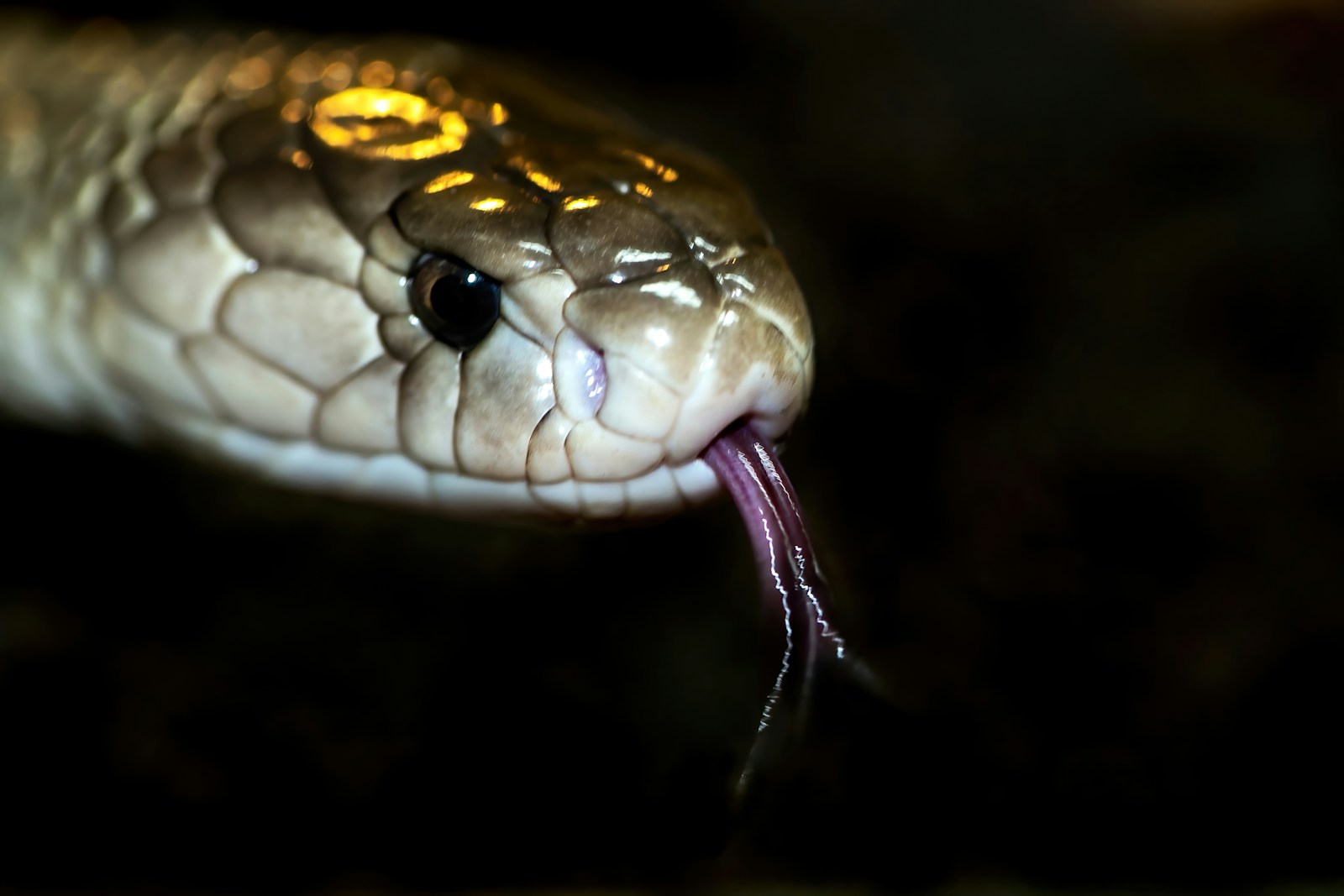
In zoological institutions and research facilities, Gaboon vipers provide valuable opportunities to study specialized adaptations and venom properties. Maintaining these snakes in captivity requires recreating their natural camouflage environment to reduce stress and promote natural behaviors. Researchers have observed that Gaboon vipers kept on inappropriate substrates that don’t match their coloration often display increased stress behaviors and reduced feeding response. Their venom has attracted significant scientific interest for potential medical applications, with several compounds being investigated for use in medications ranging from pain management to blood clotting treatments. Perhaps most fascinating for behavioral researchers is the opportunity to observe the viper’s hunting strategy in controlled environments, revealing just how completely the snake relies on its camouflage for successful feeding.
Nature’s Perfect Disappearing Act

The Gaboon viper’s remarkable ability to blend into charcoal and ash represents one of nature’s most sophisticated camouflage adaptations. This deadly serpent has evolved not just a color pattern but an entire survival strategy built around disappearing into its environment. From its specialized hunting techniques to its massive venom yield, every aspect of the snake’s biology complements its primary adaptation for concealment. As forest habitats face increasing threats from human activity and climate change, the future of this masterful illusionist remains uncertain. What remains clear, however, is that the Gaboon viper stands as a testament to the extraordinary power of natural selection to produce seemingly perfect adaptations to specific ecological niches—a living example of evolutionary artistry millions of years in the making.





